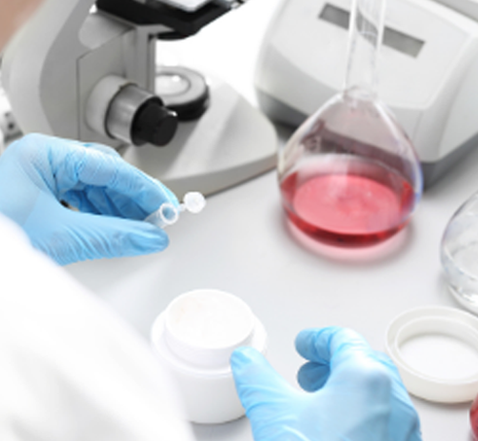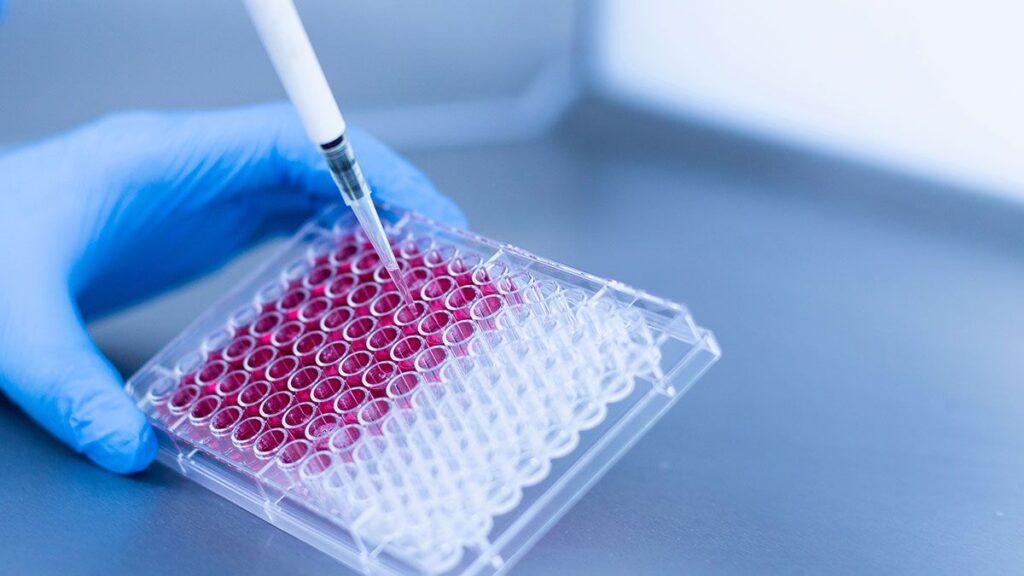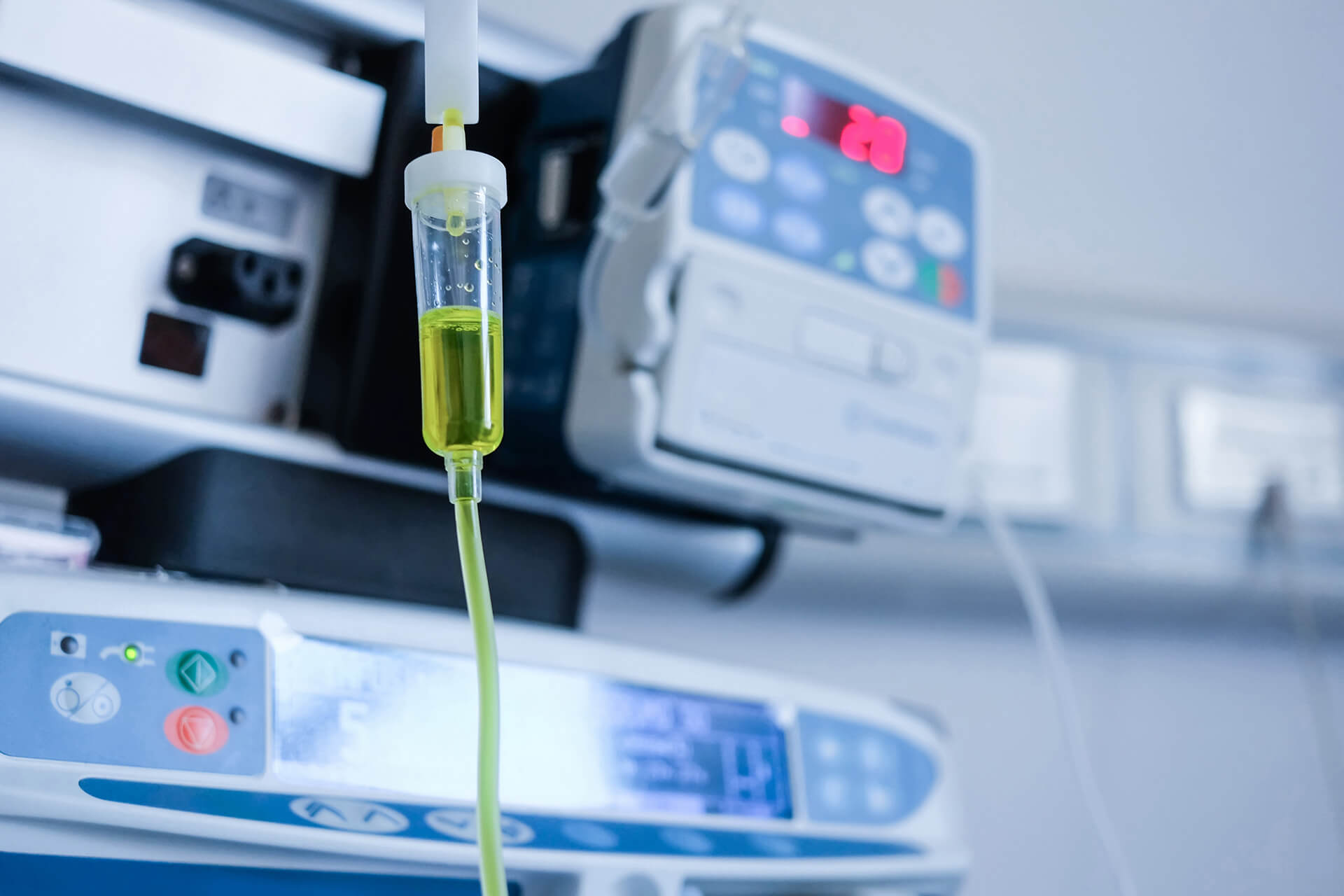



Method Development And Validation
ABSTRACT
Development and validation of analytical method play an essential role in the discovery, development and manufacturing of pharmaceuticals. Every year, number of drugs entered into the market; hence it is mandatory to develop newer analytical methods for such drugs.
After the development, it becomes necessary to validate the new analytical method. Method development is the process which proves that the analytical method is acceptable for use. Validation of analytical method gives information about various stages and parameters like accuracy, precision, linearity, Limit Of Detection, Limit Of Quantification, specificity, range and robustness. Validation should be done as per regulatory guidelines such as ICH guidelines. This article was prepared with an aim to review analytical method development and validation.

Analytical Methods Development
an analytical procedure is developed to test a defined characteristic of the drug substance or drug product against established acceptance criteria for that characteristic. Early in the development of a new analytical procedure, the choice of analytical instrumentation and methodology should be selected based on the intended purpose and scope of the analytical method. Parameters that may be evaluated during method development are specificity, linearity, limits of detection (LOD) and limits of quantitation (LOQ), range, accuracy, and precision.
During early stages of method development, the robustness of methods should be evaluated because this characteristic can help you decide which method you will submit for approval.
Analytical procedures in the early stages of development are initially developed based on a combination of mechanistic understanding of the basic methodology and prior experience. Experimental data from early procedures can be used to guide further development. You should submit development data within the method validation section if they support the validation of the method.
To fully understand the effect of changes in method parameters on an analytical procedure, you should adopt a systematic approach for a method robustness study (e.g., a design of experiments with method parameters). You should begin with an initial risk assessment and follow with multivariate experiments. Such approaches allow you to understand factorial parameter effects on method performance. Evaluation of a method’s performance may include analyses of samples obtained from various stages of the manufacturing process from in-process to the finished product. Knowledge gained during these studies on the sources of method variation can help you assess the method performance.
Analytical Method Validation
Noncompendial Analytical Procedures
Analytical method validation is the process of demonstrating that an analytical procedure is suitable for its intended purpose. The methodology and objective of the analytical procedures should be clearly defined and understood before initiating validation studies. This understanding is obtained from scientifically-based method development and optimization studies. Validation data must be generated under a protocol approved by the sponsor following current good manufacturing practices with the description of methodology of each validation characteristic and predetermined and justified acceptance criteria, using qualified instrumentation.
Protocols for both drug substance and product analytes or mixture of analytes in respective matrices should be developed and executed. You should include details of the validation studies and results with your application
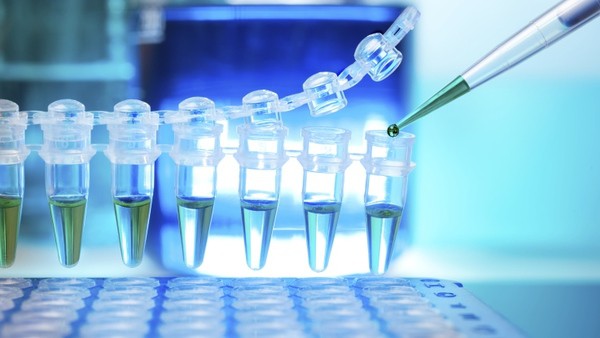

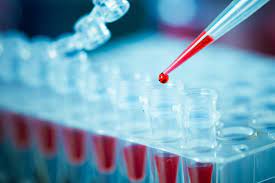

Validation Characteristics:
Although not all of the validation characteristics are applicable for all types of tests, typical validation characteristics are:
• Specificity
• Linearity
• Accuracy
• Precision (repeatability, intermediate precision, and reproducibility)
• Range
• Quantitation limit
• Detection limit

ICH Q2(R1) is considered the primary reference for recommendations and definitions on validation characteristics for analytical procedures. The FDA guidance for industry on Validation of Chromatographic Methods is available as well.
If a procedure is a validated quantitative analytical procedure that can detect changes in a quality attribute(s) of the drug substance and drug product during storage, it is considered a stability indicating test. To demonstrate specificity of a stability-indicating test, a combination of challenges should be performed. Some challenges include the use of samples spiked with target analytes and all known interferences; samples that have undergone various laboratory stress conditions; and actual product samples (produced by the final manufacturing process) that are either aged or have been stored under accelerated temperature and humidity conditions.
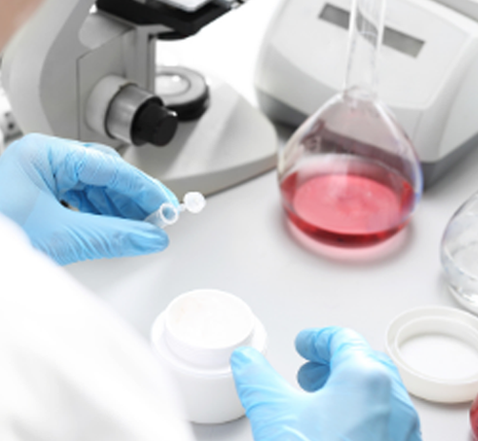



As the holder of the NDA, ANDA, or BLA, you must: (1) submit the data used to establish that the analytical procedures used in testing meet proper standards of accuracy and reliability, and (2) notify the FDA about each change in each condition established in an approved application beyond the variations already provided for in the application, including changes to analytical procedures and other established controls.
The submitted data should include the results from the robustness evaluation of the method, which is typically conducted during method development or as part of a planned validation study.
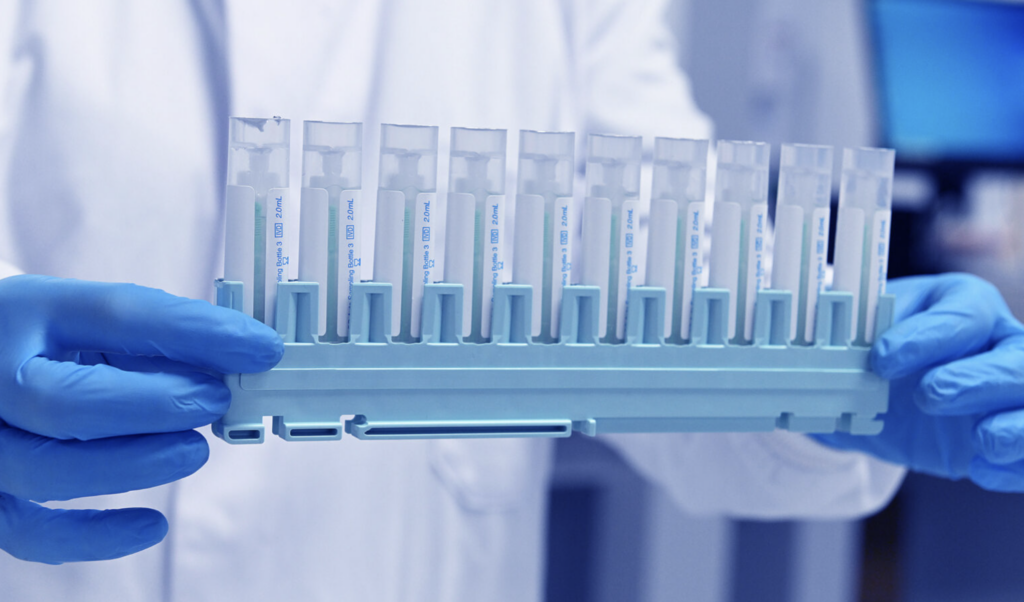
Compendial Analytical Procedures
The suitability of an analytical procedure (e.g., USP/NF, the Official Methods of Analysis of AOAC International, or other recognized standard references) should be verified under actual conditions of use.
Information to demonstrate that USP/NF analytical procedures are suitable for the drug product or drug substance should be included in the submission and generated under a verification protocol.
The verification protocol should include, but is not limited to: (1) compendial methodology to be verified with predetermined acceptance criteria, and (2) details of the methodology (e.g., suitability of reagent(s), equipment, component(s), chromatographic conditions, column, detector type(s), sensitivity of detector signal response, system suitability, sample preparation and stability). The procedure and extent of verification should dictate which validation characteristic tests should be included in the protocol (e.g., specificity, LOD, LOQ, precision, accuracy).
Considerations that may influence what characteristic tests should be in the protocol may depend on situations such as whether specification limits are set tighter than compendial acceptance criteria, or RT or RRT profiles are changing in chromatographic methods because of the synthetic route of drug substance or differences in manufacturing process or matrix of drug product. Robustness studies of compendial assays do not need to be included, if methods are followed without deviations.
